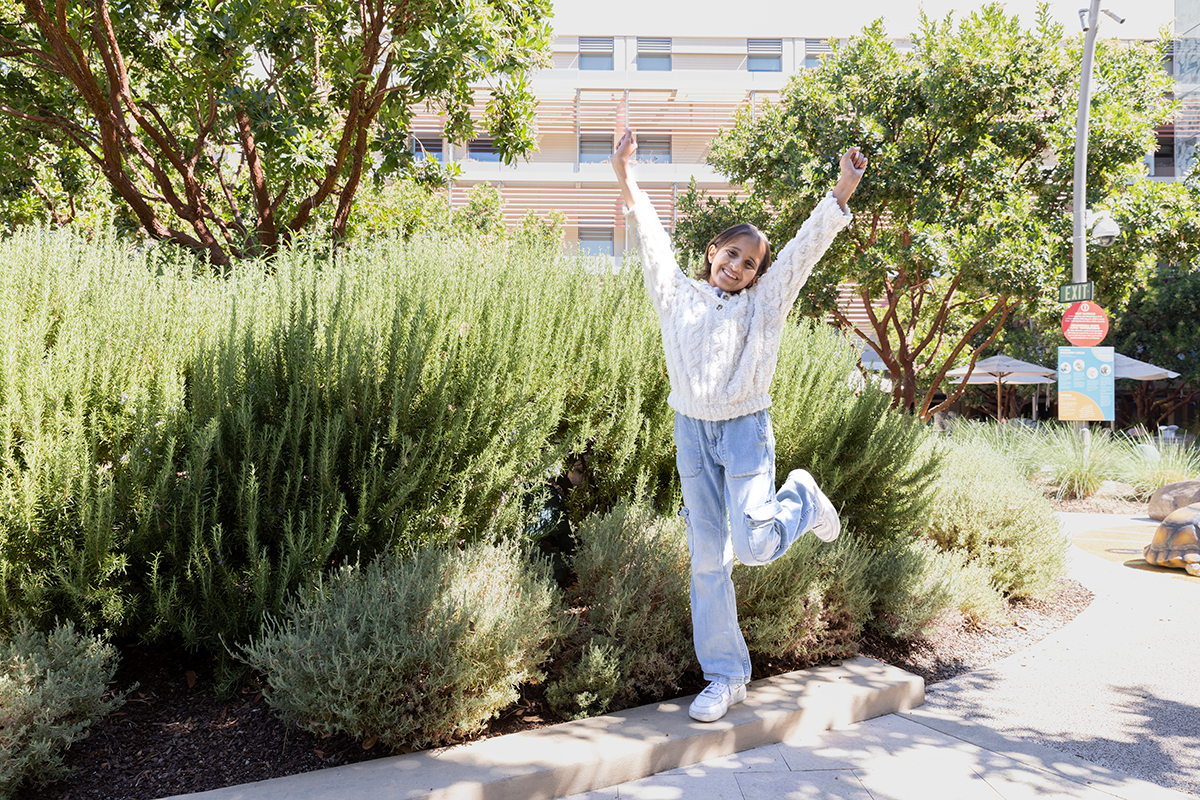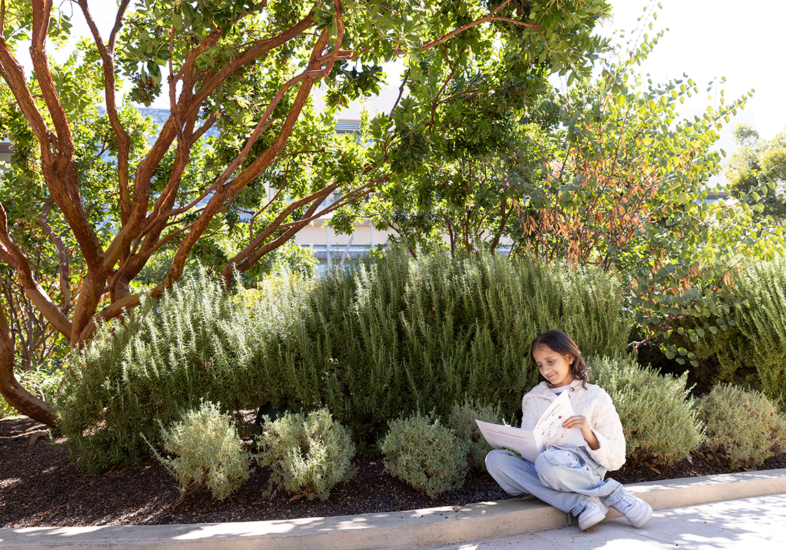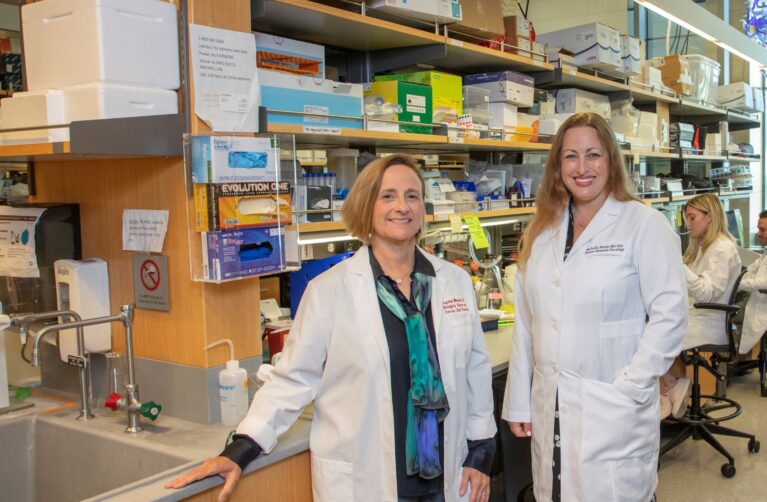Hospital gardens provide solace for patients and families
Dappled light on swaying leaves, bright blue sky peeking between trees, the scent of lavender, calming quiet. A dose of nature’s serenity can be restorative, especially for families of children who need medical care.
The benefits of hospital gardens have been scientifically proven over the decades. Multiple studies have shown that access to nature speeds up the healing process for patients of all ages, particularly children.
Lucile Packard Children’s Hospital Stanford’s emphasis on nature is rooted in the visionary ideals of our founder, Lucile Salter Packard. She was an early adopter of the philosophy that nature benefits healing. In designing the hospital, she imagined a place where kids and families could receive holistic care, and where gardens were not just beautiful spaces but an essential component of the patient journey. Today, more than 3.5 acres of green spaces are easily accessible throughout the hospital.
And now, thanks to a generous gift from philanthropist Susan Ford Dorsey, the Atrium Garden will be reimagined as part of the original hospital building’s transformation, creating a seamless indoor-outdoor space. Located in the West building, home to the Neonatal Intensive Care Unit and maternal health spaces, this revamped 5,000-square-foot garden will provide a tranquil haven for expectant parents and families navigating challenging times. Parents will be able to find a quiet refuge while staying close to their medically fragile children.
“It means so much to help provide a calming oasis for families facing some of the greatest challenges of their lives,” says Ford Dorsey, chair of the Lucile Packard Foundation for Children’s Health Board of Directors. “It’s wonderful that the hospital makes access to nature a priority, and I am excited to partner in that commitment.”
Among our hospital’s other thoughtfully designed green spaces, the Dunlevie Garden, generously supported by donors Elizabeth and Bruce Dunlevie, features whimsical sculptures and winding pathways that invite exploration and imaginative play. Adjacent to this play area is the Coxe Family Healing Garden, which offers a serene space for reflection and solace within the garden itself or as viewed from the Sanctuary. The Dawes Garden stands out with its sea-themed play area, as well as quieter areas to walk or sit.
For many families, the influence of the hospital gardens is profound.
“We are so grateful for the garden and its impact during my daughter’s battle with cancer,” says Crystal, mom of 13-year-old Zenaida. “The ability to step out of the hospital room and breathe in fresh air was incredibly healing during her inpatient stays for chemotherapy.”
Zenaida has been a patient at Packard Children’s and received treatment for neuroblastoma for a number of years. The family has spent a lot of time in the gardens, holding picnics and giving Zenaida and her siblings a chance to play together.
“The garden has been more than just a place of respite; it has become a sanctuary where we’ve created countless cherished memories,” Crystal adds. “It provided us with healing, inspiration, and strength, reinforcing our determination to keep moving forward despite the challenges.”

This article originally appeared in the Fall 2024 issue of the Packard Children’s News.






